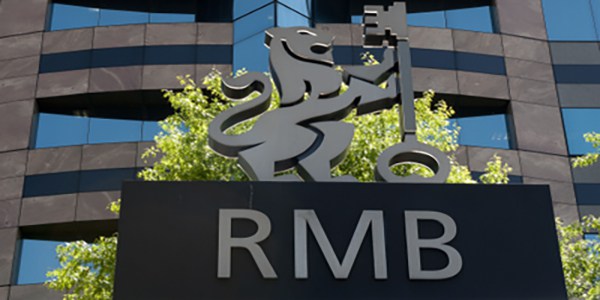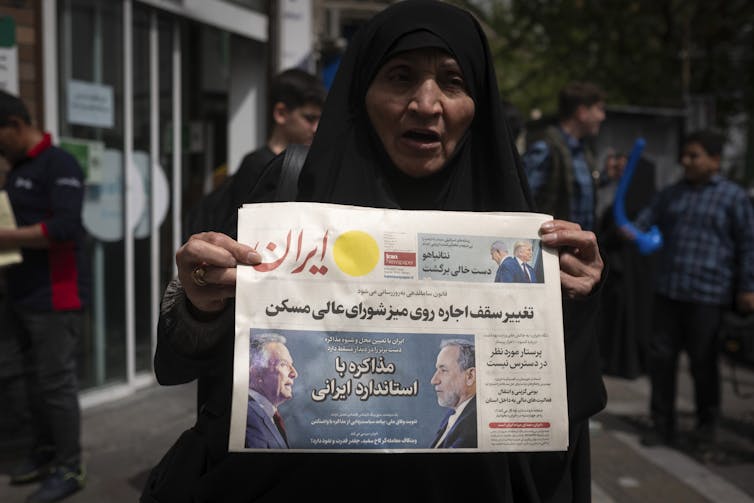GCR Ratings (GCR) has affirmed Rand Merchant Bank Nigeria Limited’s national scale long and short-term issuer ratings of AA-(NG) and A1+(NG) respectively, with the Outlook revised to Stable from Positive.
Rating rationale
The ratings affirmation reflects Rand Merchant Bank Nigeria Limited’s (RMBN or the bank) sound capitalisation, adequate funding and liquidity and good risk position, evidenced by none non-performing loans since inception. The ratings also factor in technical and financial support from FirstRand Group Limited (FirstRand or the Group), one of the largest financial services groups in Africa, with total assets of USD122.15 billion (At USD16.41 for a ZAR) as of 30 June 2022. The ratings outlook was revised to stable from positive because of a moderation in the bank’s GCR core capital ratio in the year under review. This was largely driven by an expansion of the loan portfolio on account of a one-off increase in the bank’s internal single obligor limit, which allowed RMBN extend additional loans to existing customers. Notwithstanding, RMBN’s GCR core capital ratio and asset quality metrics remain sound.
RMBN is a wholly owned subsidiary of FirstRand and continues to leverage the financial strength and global reach of the Group to deliver various products and services to its corporate customers in Nigeria. The bank’s competitive position is further strengthened by its operational efficiency and niche focus which support earnings, with profitability metrics measuring well above peers. Although revenues remain concentrated in highly volatile market-sensitive income, GCR positively notes the decline in the contribution of market-sensitive income to total revenues in financial year 2022 due to the growth in the lending business. RMBN operates as a major player within the Nigerian merchant banking segment, accounting for 16.6%, 16.7% and 4.5% of the subsector’s total assets, loans, and customer deposits, respectively as of financial year end 2022. However, RMBN’s share of the wider Nigerian banking sector’s resources in terms of total assets, customer deposits, and loan portfolio remains small, like other merchant banks.
RMBN’s capitalisation assessment is a major ratings strength, with a capital adequacy ratio well above the regulatory minimum of 10% for merchant banks. Similarly, the GCR core capital ratio was sound at 33.4% in financial year end 2022, though lower than 52.7% in the preceding year, due to a sizeable growth in risk-weighted assets following a c.69% increase in the loan book during the year under review. Over the next 12-18 months, we expect the core capital ratio to remain strong, ranging between 27% and 30% based on the bank’s projected loan book growth and accretion to capital from retained earnings. Furthermore, we expect growth in the core lending business to moderate the concentration in market-sensitive income and increase internal capital generation.
The bank’s risk position is sound, as reflected by zero NPLs since inception and a credit loss ratio of 1.2% in the financial year end 2022 (2021: 0.2%) that compares favourably with the industry average of c.2%. Positively, concentration risk by obligor improved considerably in financial year end 2022, with the twenty largest single name obligors accounting for a lower 39.8% of gross loans as of financial year end 2022 (financial year 2021: 95.5%), underpinned by a combination of loan book growth and sectorial diversification. Foreign currency (FCY) loans constituted a lower 39.2% of gross loans in financial year end 2022 (financial year 2021: 44.5%), comparing favourably with the industry’s average, while currency risks are naturally hedged by lending to obligors with FCY receivables. Nonetheless, we note the bank’s exposures to market risk from its trading activities.
Our assessment of RMBN’s funding and liquidity is neutral to the ratings. Customer deposits contributed 23.6% to the Bank’s funding base as of financial year 2022 (financial year 2021: 41.5%), largely comprising wholesale deposits from corporates and financial institutions. During the year under review, RMBN accessed the debt capital market to raise funding through commercial paper issuances which resulted in a more diversified funding base, supporting the bank’s cost of funds. Liquidity is robust; RMBN’s liquidity ratio has consistently remained over 100% compared to the minimum regulatory requirement of 20% for merchant banks. GCR liquid assets coverage of customer deposits and wholesale funding registered at 234.0% and 1.3x respectively in financial year end 2022.
Being a wholly owned subsidiary of FirstRand, the bank’s ratings benefit from Group support. We have observed a history of strong support and assimilation with the parent, with RMBN playing a key role in FirstRand’s thrust into the Nigerian market.
Outlook statement
The Stable outlook reflects GCR’s expectations that RMBN’s capitalisation metrics would be maintained at a sound range of between 27% and 30% over the next 12-18 months, with a moderation in revenue concentration to market sensitive income. We expect asset quality metrics (NPL and credit losses) to remain well-contained on the back of RMBN’s good risk management framework. Funding and liquidity will also remain diversified and adequate.
Rating triggers
The ratings could be upgraded if the bank’s capitalisation metrics further strengthen from a stronger growth in internal capital generation compared to risk weighted assets, a more diversified revenue base, and sound asset quality metrics. Conversely, a material deterioration in asset quality (NPL and Credit Losses) and capitalisation metrics, with the GCR core capital ratio lower than 25% may result in a downgrade.




